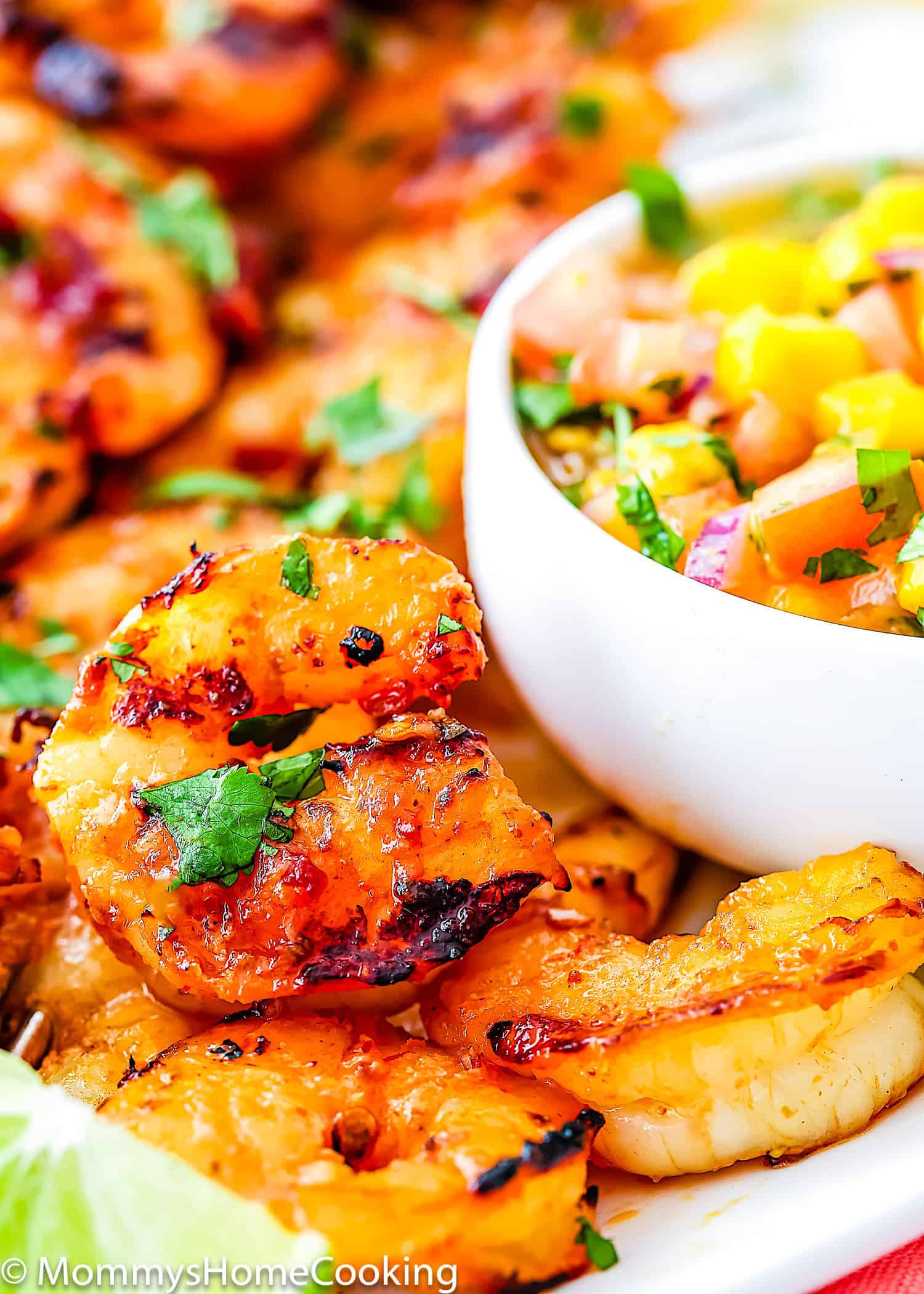Grilled leftover shrimp is a great way to create new dishes or enjoy a quick and delicious meal without the hassle of cooking. Read on for my favorite way to reheat them to keep them juicy and flavorful.
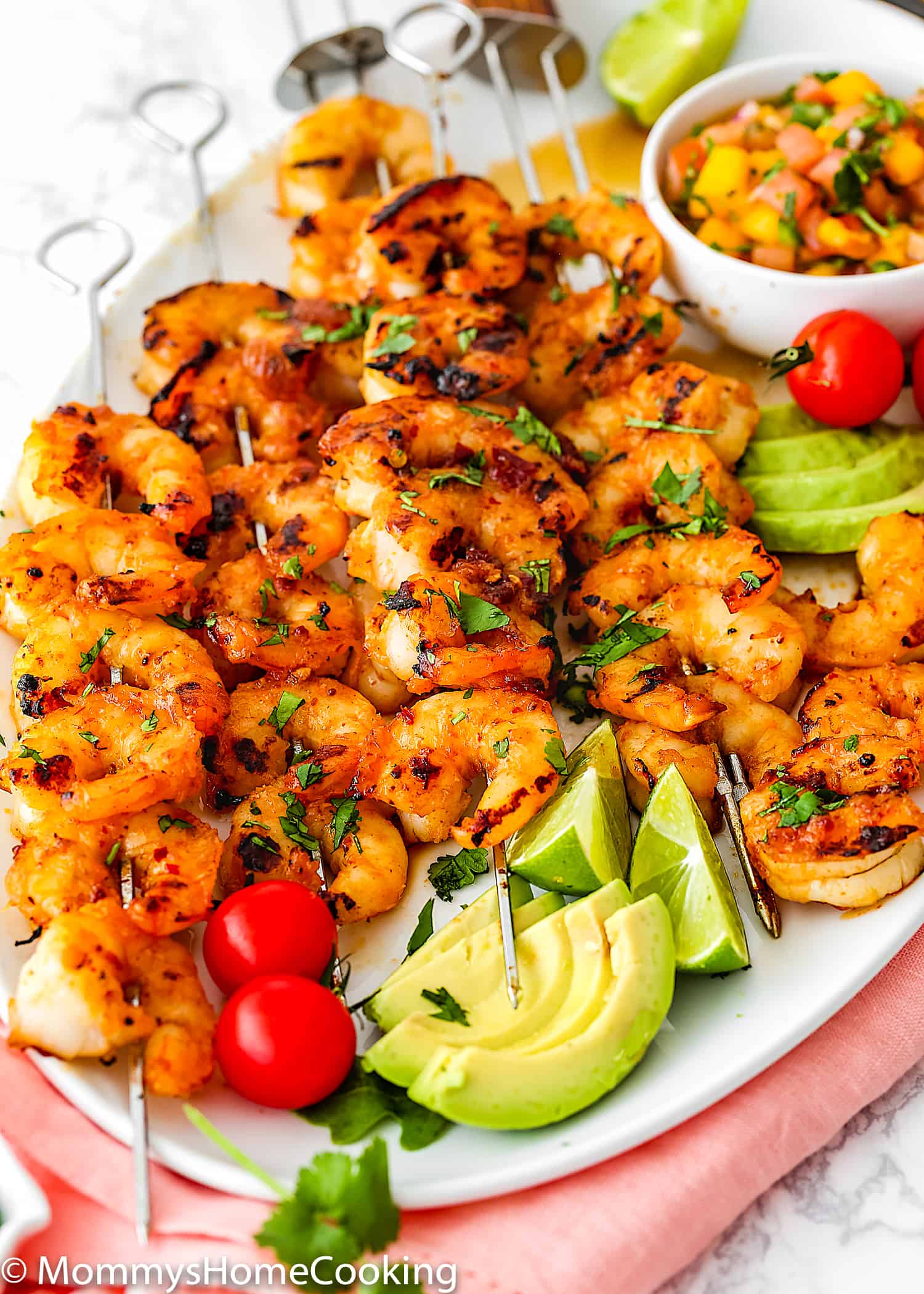
Get the most out of your leftover shrimp
Grilling shrimp in the summer is a wonderful way for me to enjoy the abundance of the season and to prepare delicious, light and flavorful meals. They’re perfect whether you’re hosting a backyard BBQ or just enjoying a casual al fresco meal.
I love grilling shrimp because
- Shrimp cook relatively quickly, making them a handy option for summer grilling.
- Shrimp absorb marinades and spices with ease, so you can experiment with different flavors.
- Grilling shrimp allows you to enjoy a light and nutritious meal without compromising on flavor.
- Grilled shrimp are incredibly versatile and can be used in numerous dishes.
If you’re a shrimp enthusiast like me, you’re probably left with leftover shrimp, which are great for creating new dishes or enjoying a quick and delicious meal without the hassle of cooking.
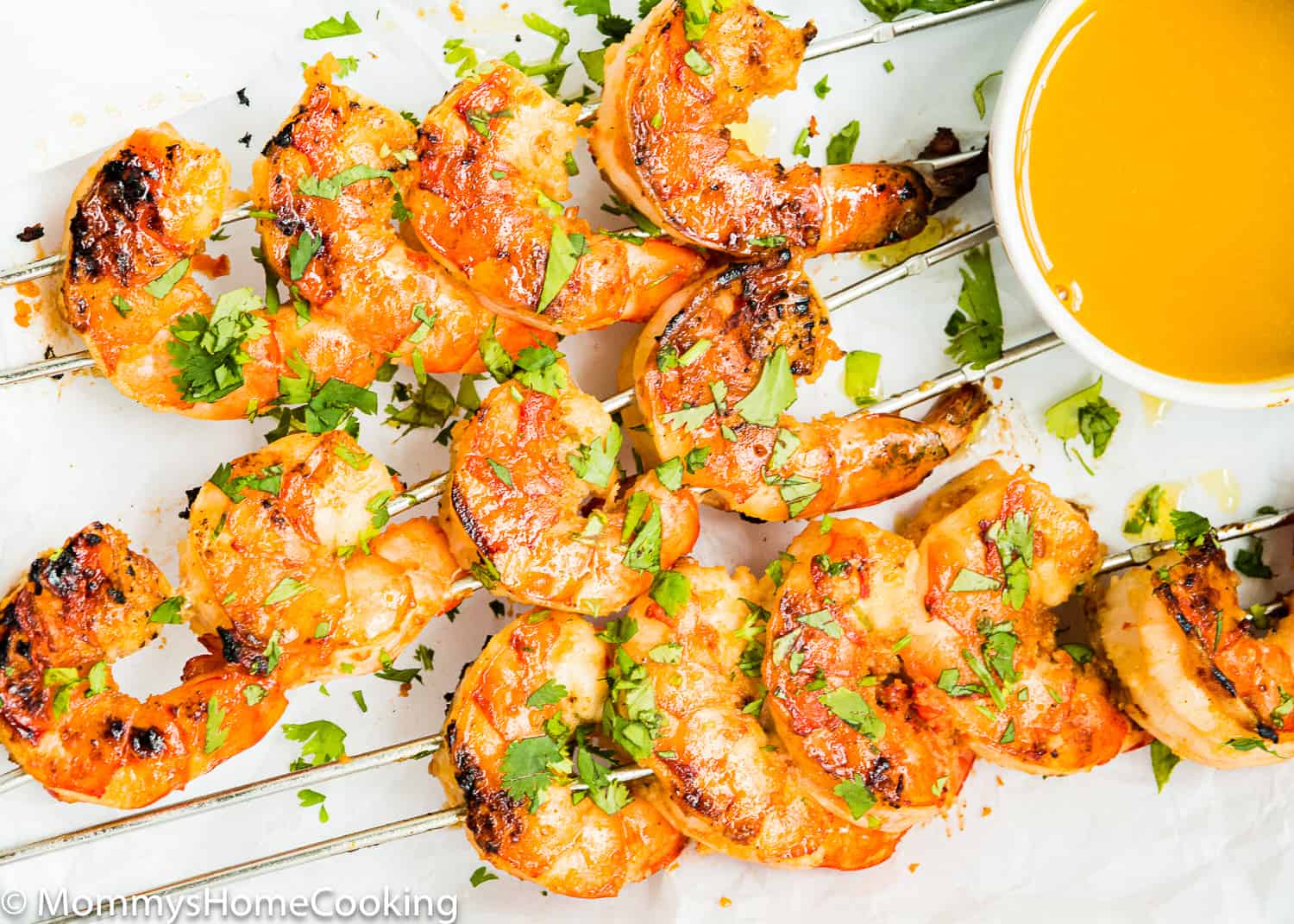
How to properly store leftover grilled shrimp
Proper storage of grilled shrimp is important to maintain freshness and prevent potential foodborne illnesses. How to safely store grilled shrimp:
- Cool the shrimp. Allow the grilled shrimp to cool to room temperature for about 30 minutes before storing. This step will help prevent condensation and bacterial growth when the shrimp are placed in the fridge.
- Transfer to an airtight container. Place the cooled grilled shrimp in an airtight container. A resealable plastic container or resealable freezer bag works well for this. Be sure to remove any shells or skewers if used during the grilling.
- Add moisture (optional). If you want to help the shrimp retain moisture, you can drizzle a small amount of olive oil over them before sealing the container. This step can help prevent the shrimp from drying out.
- label and date. To keep track of storage time, label the container with the grilling date. This allows you to ensure that the shrimp are consumed within a safe time frame.
- Refrigerate immediately. Place the sealed container in the refrigerator, making sure it is stored at a temperature of 40°F (4°C) or below. Refrigeration slows bacterial growth and helps preserve the quality of the shrimp.
- Consume within two days. Grilled shrimp are best consumed within two days of grilling. After this time, the quality and taste can deteriorate and there is a higher risk of foodborne illness.
The best ways to reheat boiled shrimp
Reheating grilled shrimp can be a tricky process as you need to make sure the shrimp stays juicy and flavorful. The best way to reheat leftover shrimp comes down to personal preference and the result you want. Here are a few simple recommendations for reheating grilled shrimp:
Sauté or stir-fry
This method works well for smaller shrimp or shrimp in dishes like stir-fries or pasta. Heat a skillet or skillet on the stovetop over medium-high heat, add a small amount of oil or butter, and sear the shrimp for a few minutes, until heated through. Be careful not to overcook them or they may become rubbery.
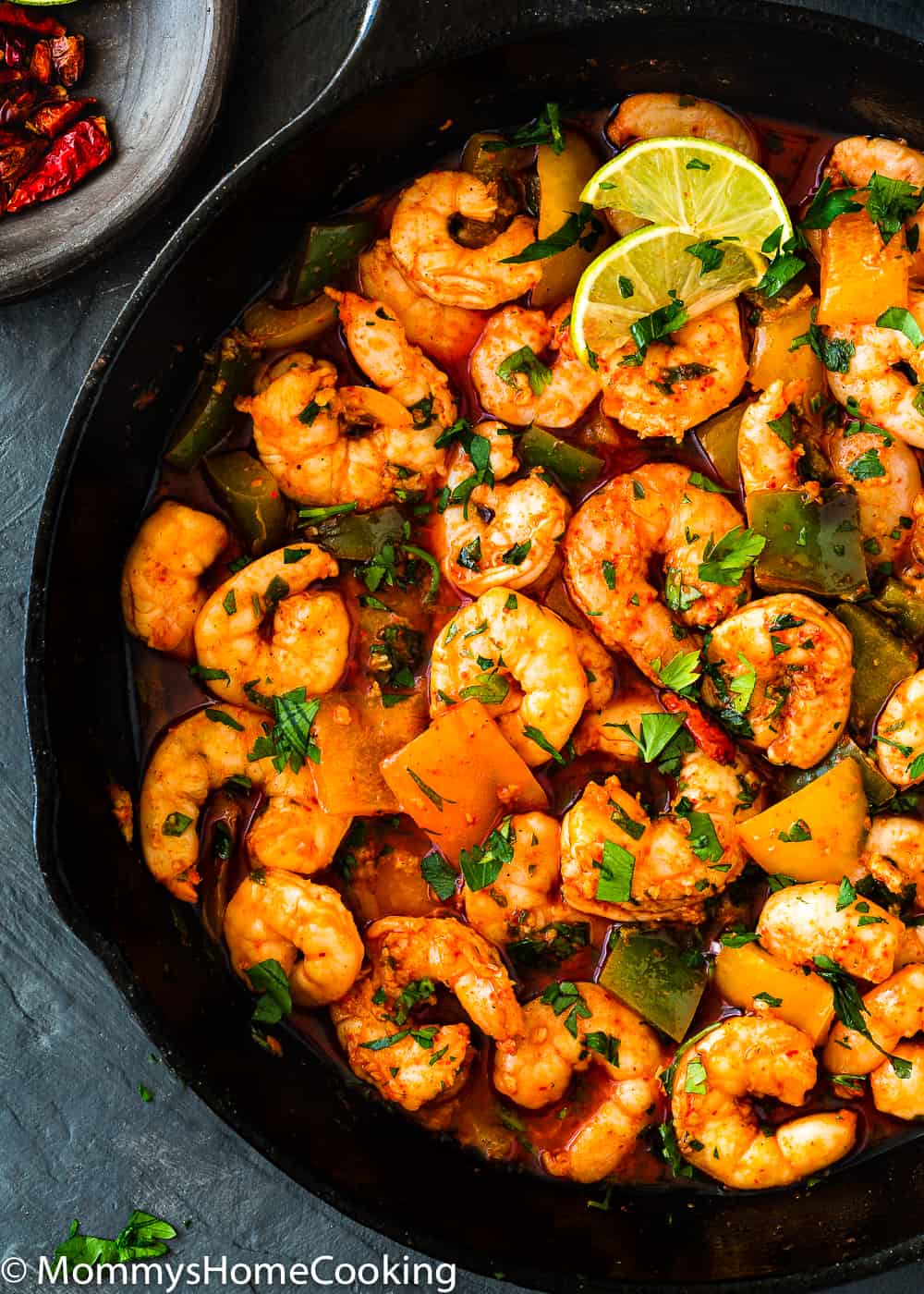
Warming up in the oven (my personal favorite)
Preheat your oven to a low temperature, around 275°F (135°C). Place the shrimp in a single layer on a baking sheet, loosely covering with foil to retain moisture. This helps trap vapor and retain moisture during the warm-up process. Reheat until shrimp are heated through, about 5-10 minutes. Carefully remove the foil and check if the shrimp are cooked. The reheated shrimp should be warm through, opaque, and slightly firm. Avoid overcooking lest they become rubbery.
PRO TIP: You can add a small amount of liquid to the baking sheet or casserole dish to prevent the shrimp from drying out. This can be a splash of broth, lemon juice, or even melted butter. The moisture will help the shrimp stay tender as they reheat.
steaming
Steaming is a gentle and effective way to warm up larger shrimp or whole shrimp. Bring a pot of water to a boil and place the shrimp in a steamer basket or colander over the water. Cover and steam for a few minutes, until the shrimp are heated through.
Microwave (my least favorite)
While this is the quickest method, sometimes reheating shrimp in the microwave can result in uneven heating or a loss of texture. If using this method, place the shrimp in a microwave-safe bowl, cover with a damp paper towel to retain moisture, and heat in short intervals, stirring occasionally, until heated through.
Extra helpful tips for reheating shrimp
If using leftover shrimp, make sure it is properly stored in an airtight container in the refrigerator for up to two days.
Before consuming, check for signs of spoilage or an unpleasant odor.
Shrimp can overcook and become rubbery if heated for too long. Therefore, it is important to monitor the process closely and stop heating as soon as they are warmed through.
Enjoy your reheated shrimp right away to preserve their texture and flavor.
Don’t warm up twice. When reheating leftover grilled shrimp, it’s important to only reheat what you intend to consume and avoid reheating the same portion multiple times. Reheating shrimp multiple times can increase the risk of bacterial contamination.
How to use leftover grilled shrimp
Once the shrimp are properly reheated, remove them from the oven. You can serve them plain or use them in different dishes like salads, pasta or tacos. Here are some of my favorite ways to use leftover grilled shrimp:
Salad: Combine chilled, cooked shrimp with slaw, cherry tomatoes, cucumber slices and your favorite dressing for a refreshing and protein-packed salad. You can also add other ingredients like avocado, feta cheese, or roasted veggies for more flavor and texture. Check out my Grilled Barbecue Shrimp and Corn Avocado Salad Bowls.
Tacos, tostadas, bruschetta or wraps: Fill soft tortillas or wraps with reheated shrimp, shredded lettuce, diced tomatoes and a drizzle of lime crema or your favorite sauce. Top with fresh herbs like cilantro for a quick and tasty hand-held meal. My family loves my Mexican Crispy Shrimp Bruschetta.
Pasta and noodle dishes: Reheat the shrimp and mix with cooked noodles or noodles. Add sautéed veggies, garlic, and a drizzle of olive oil or a light sauce for a simple yet filling meal. You can also incorporate the shrimp into stir-fries or fried rice for an Asian-inspired twist. For a healthy twist, try zucchini noodles (aka “zoodles”).
Sandwiches: Make a delicious shrimp sandwich by layering the shrimp on a toasted bun or baguette with your choice of lettuce, sliced tomatoes and your choice of spices. Consider adding sliced avocado, bacon, or a tangy tartar sauce for extra flavor.
Fried rice: Turn your leftover shrimp into a delicious fried rice dish by stir-frying cold rice with vegetables, soy sauce and spices. Add the reheated shrimp towards the end of cooking to warm them through. Customize with additional ingredients such as peas, carrots, scrambled eggs or diced ham.
Quesadillas or Grilled Cheese: Create a savory and melt-in-your-mouth treat by sandwiching shrimp, cheese, and any fillings (like diced peppers or onions) between two tortillas or slices of bread. Cook until cheese is melted and filling is warmed.
Crab cocktail: Serve cold shrimp with a classic cocktail sauce or a flavorful homemade dip for a refreshing appetizer or light snack. Garnish with lemon wedges and fresh herbs for a special touch.
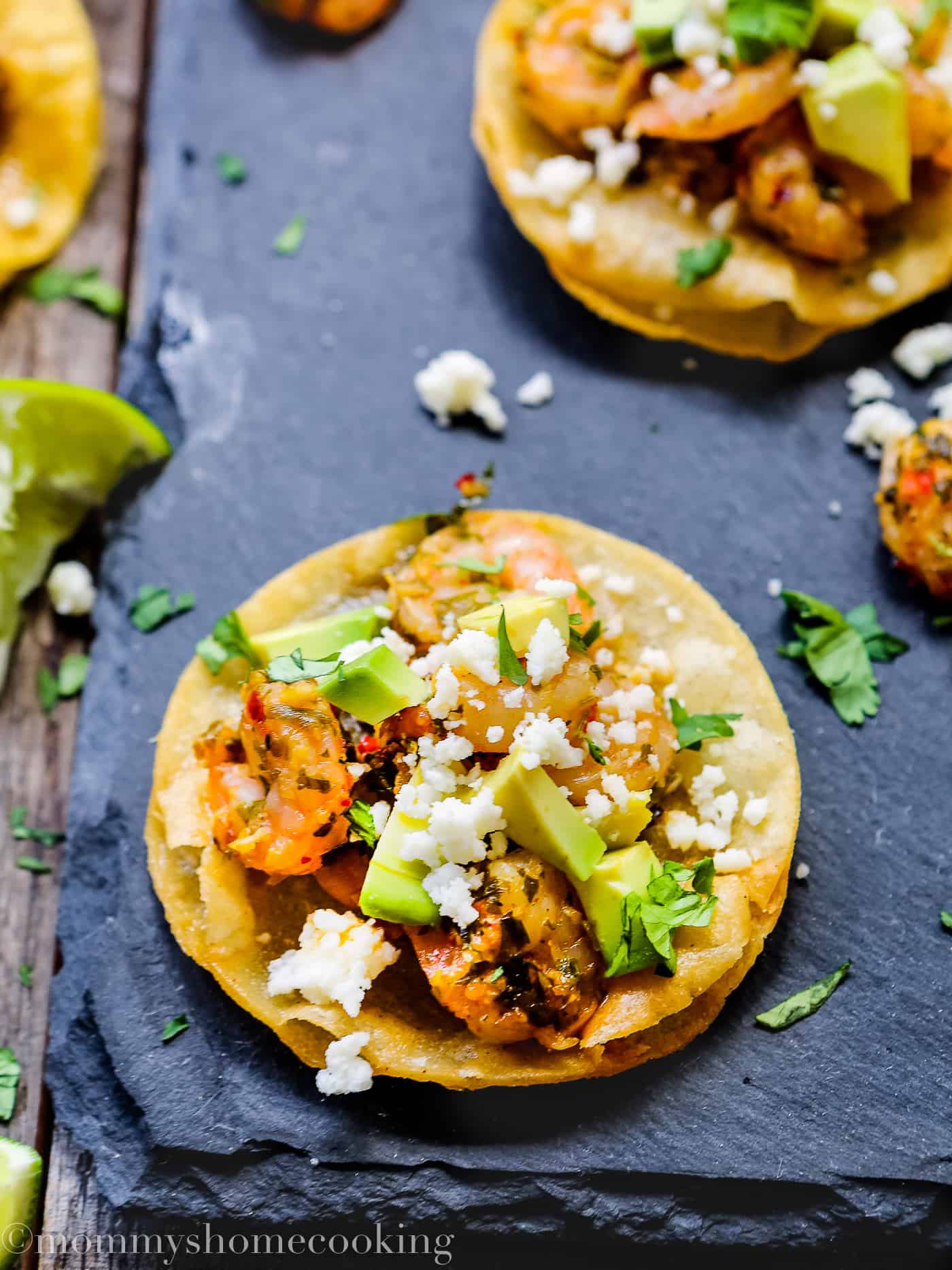

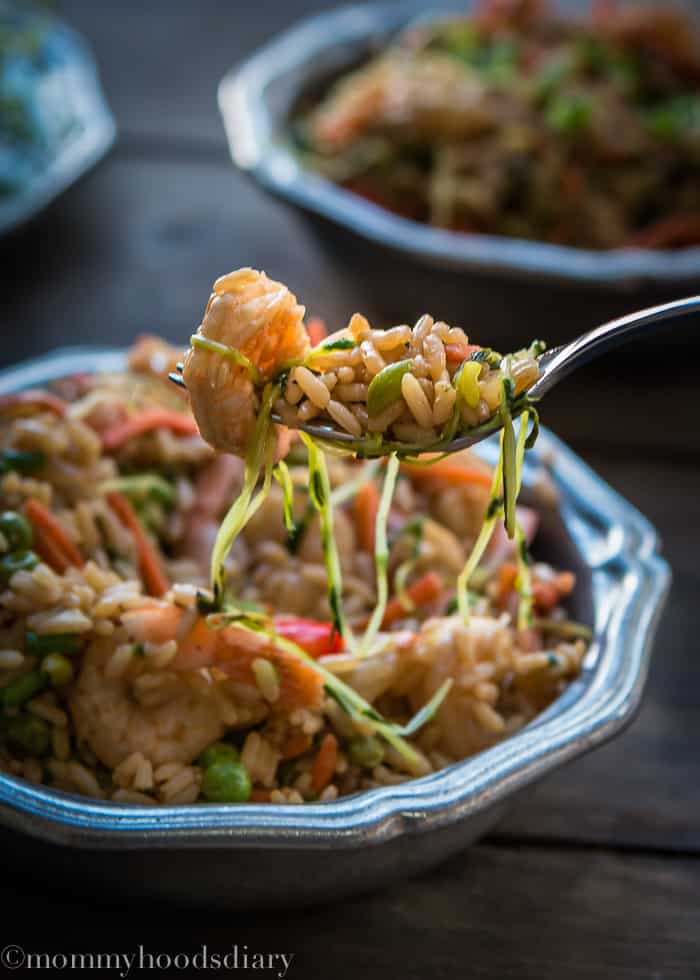
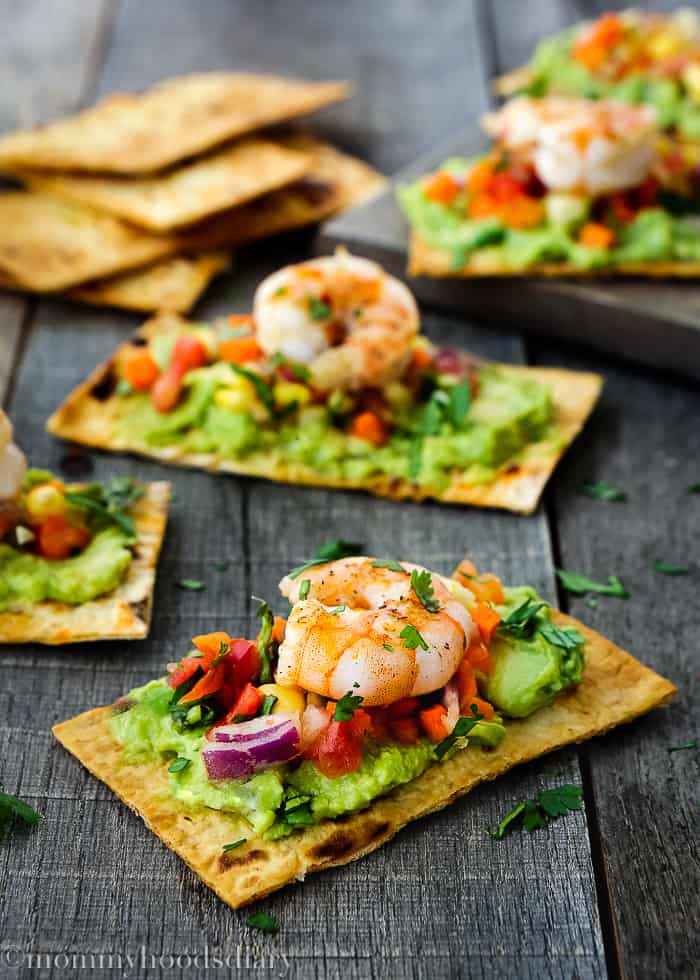
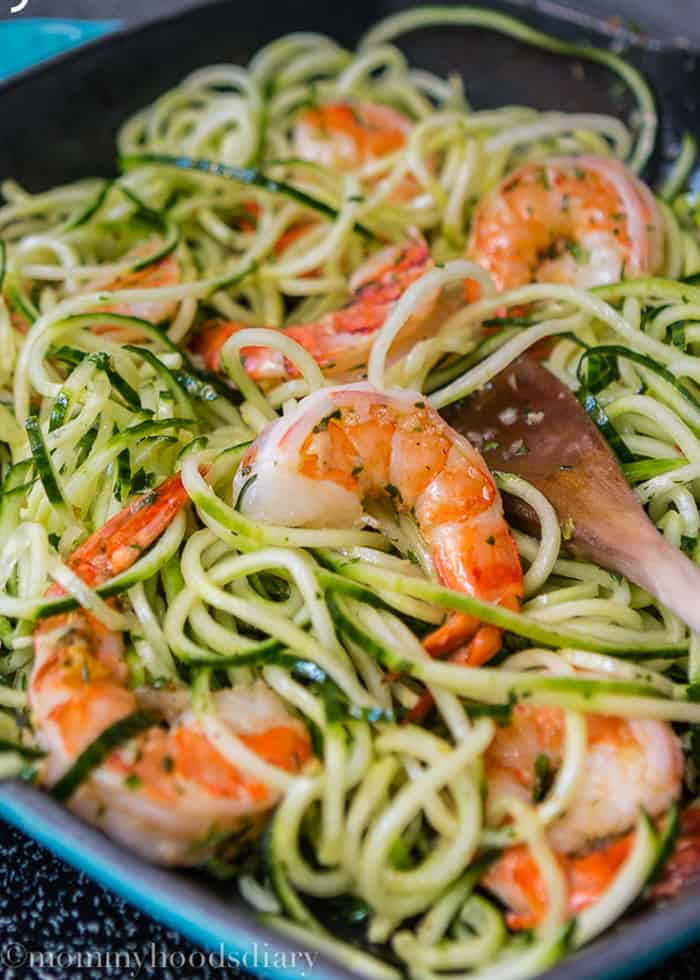
By being creative with your leftover shrimp, you can enjoy a variety of delicious meals while minimizing waste. Discover different flavor combinations and let your culinary imagination run wild as you turn your leftover shrimp into tantalizing dishes.

